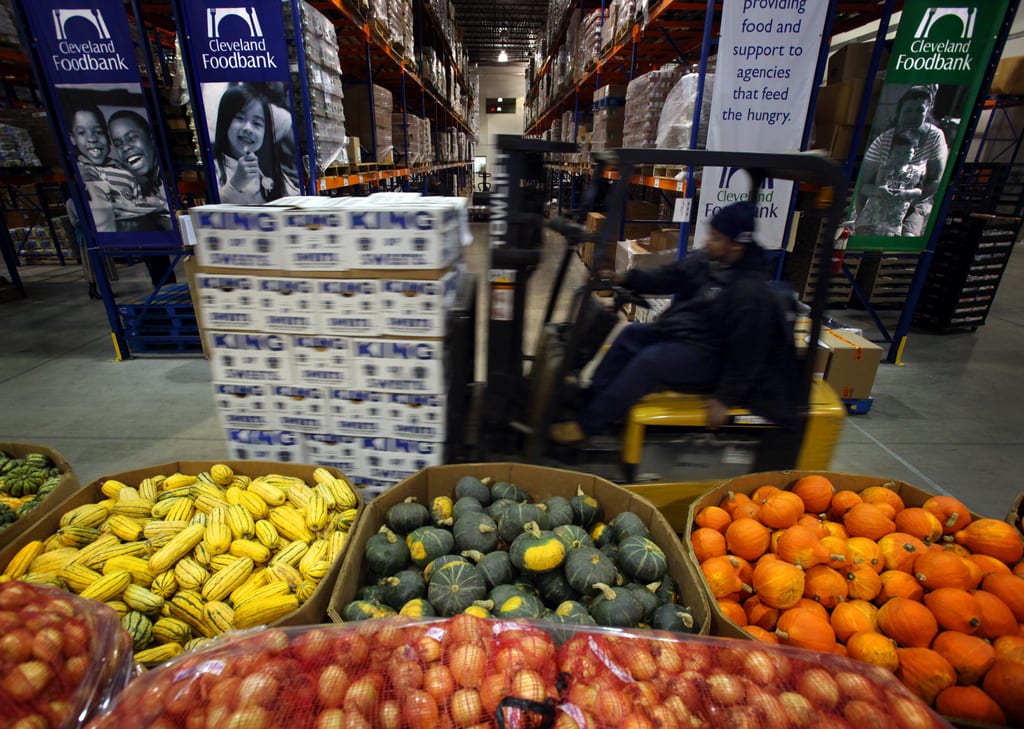How do you keep millions of pounds of fresh produce from not baking in the furnace that is California’s Central Valley during peak production in the summer? With aircraft-carrier-length refrigerator-warehouses, which can never fail — that is, without round-the-clock upkeep and repairs from specialized field techs who must be expert at everything from basic parts replacement to the safe handling of hazardous chemicals. Here’s a look at how field techs at one leading industrial refrigeration servicer keeps the produce fresh — and their cool when the pressure rises.
The Equipment
It’s not just any refrigerator, but an industrial refrigeration unit that’s roughly the size of three-and-half football fields. CaliforniaControlled Atmosphere (CalCA) is the Central Valley leader in industrial refrigeration units. Its team of 24/7 field service technicians offers a full-stop shop for the development, installation, maintenance and repair of industrial refrigeration units. What started out in a garage on a five-acre raisin farm in 1984 is now an employee-owned corporation servicing some of the world’s largest commercial farms.
“A typical home might have a three- to five-ton air conditioning unit to cool the house,” explains Jay Kliewer, the company CEO and son of founder Ray Kliewer, “An industrial refrigeration unit, however, can weigh 100 to several thousand tons and range in size from 10,000 to 200,000 square feet.”
Unlike the average household AC unit, industrial refrigeration machinery doesn’t come pre-packaged. They are made up of many moving parts with each individual component designed to carry out a specific operation.
What Goes Wrong
Most emergency calls to CalCA come when these multimillion-dollar units reach temperatures higher than 50 degrees maximum, with 32 degrees being the standard for most produce storage. “If we get a call that the system isn’t performing,” says Kliewer, “the reason can be anything from a switch malfunction, a motor going out or simply that a door was left open — and everything else in-between.”
For the agriculture industry, a broken refrigeration unit is a ticking time bomb. Some products have more forgiving shelf lives than others, like citrus, but for others, like table grapes, farmers have to scurry to get the product onto grocery store shelves fast. “Depending on the problem, things can get pretty urgent,” says Kliewer, adding that the company offers a 24-hour emergency number and always has a field tech on call.
One major CalCA customer is a table grape farm that posts annual sales of about $100 million, or more than $9 million a month. This summer alone, CalCA techs have been called in six times to repair leaks in the refrigeration unit’s ammonia-filled cooling coils. Rather than use freon, the most common cooling agent used as a refrigerant, CalCA uses ammonia – a natural refrigerant that is more environmentally friendly. Unlike most refrigeration units, the ones for storing grapes are more vulnerable to leaks because of the corrosive effects of the fumigants used. “The first telltale sign of an ammonia leak is the smell in the air,” says Kliewer. “If the leak isn’t fixed soon, ammonia can leak from the coils damaging millions of dollars worth of grapes.”
Who Fixes It
In these crisis situations, a team of three CalCA service techs will race to the farm. One handles pumping the ammonia out of the compromised section of cooling coils and the other two weld aluminum to repair the leak. The trio can usually get the refrigeration unit up and running within 24 hours, according to Kliewer.
“Our service techs often are under pressure to fix a problem within half a day to a day’s time,” says Kliewer. But identifying the problem is only the first step; the next hurdle is getting the right replacement parts. While the service techs have on hand many of the most common parts, such as valves and switches, sometimes there is a need for a specialized part, like a 300-horsepower motor that powers refrigerators and requires about a day for delivery.
While it’s a rare for refrigeration units to break down completely, CalCA’s techs are always prepared for the worst. “There can be times where our techs are working on a rooftop in 110-degree weather and within 10 minutes they’re back down in the refrigeration unit working in very cold, 32-degree conditions, says Kliewer. “The job can be very intense at times.”
Tech Toolkit
- Truck: CalCA’s service techs drive a one-ton truck, the Dodge 3500 diesel truck, that contains a service body (hefty toolbox) instead of a flat bed.
- Tools & parts: For most maintenance runs and repairs on industrial refrigeration units, traveling with a collection of valves, components and pressure switches is key. Often the biggest fixes require very small replacement parts, says Kliewer.
- Mobile devices: CalCA uses smartphones and laptops to handle everything, including paperwork.
- Safety equipment: Working with ammonia requires service techs to wear safety goggles, rubber gloves, face masks and, at times, respirators to keep them from inhaling the poisonous fumes.

Share this: